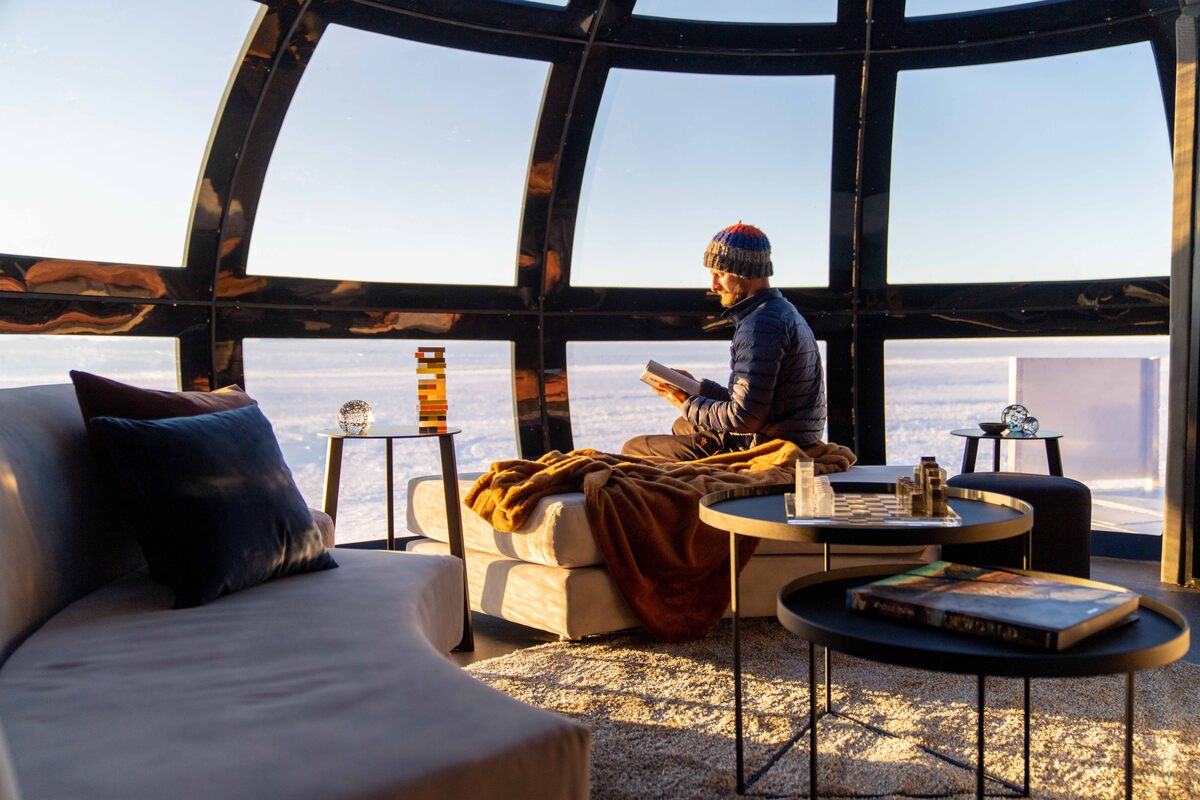
In the era of responsible tourism, we delve into the mindset and operations behind creating the adventure of a lifetime.
Technology, engineering and design have always gone hand in hand with polar exploration and scientific research. On the vast, icy continent of Antarctica, mankind’s presence barely registers as a blip in the chronicles of time and space. Our forebears have sent reconnaissance ships, raced to the South Pole and set up camps to overwinter in what can only be described as the most inhospitable climate imaginable. The sheer scale blows your mind. Plus, you are forever at the mercy of the elements and compelled to move in lockstep with their ever-changing disposition.
Nowadays, various treaties, protocols and associations have universally declared Antarctica a place of peace, science and safe and environmentally responsible travel. Around 4,000 staff from 29 countries reside in the 70 permanent research stations, although many of them only come down for the summer months. The number of tourists is slowly creeping up, with 50 cruise ships approved to sail in Antarctic waters. With all the wildlife congregating near the sea, that’s obviously the star attraction.
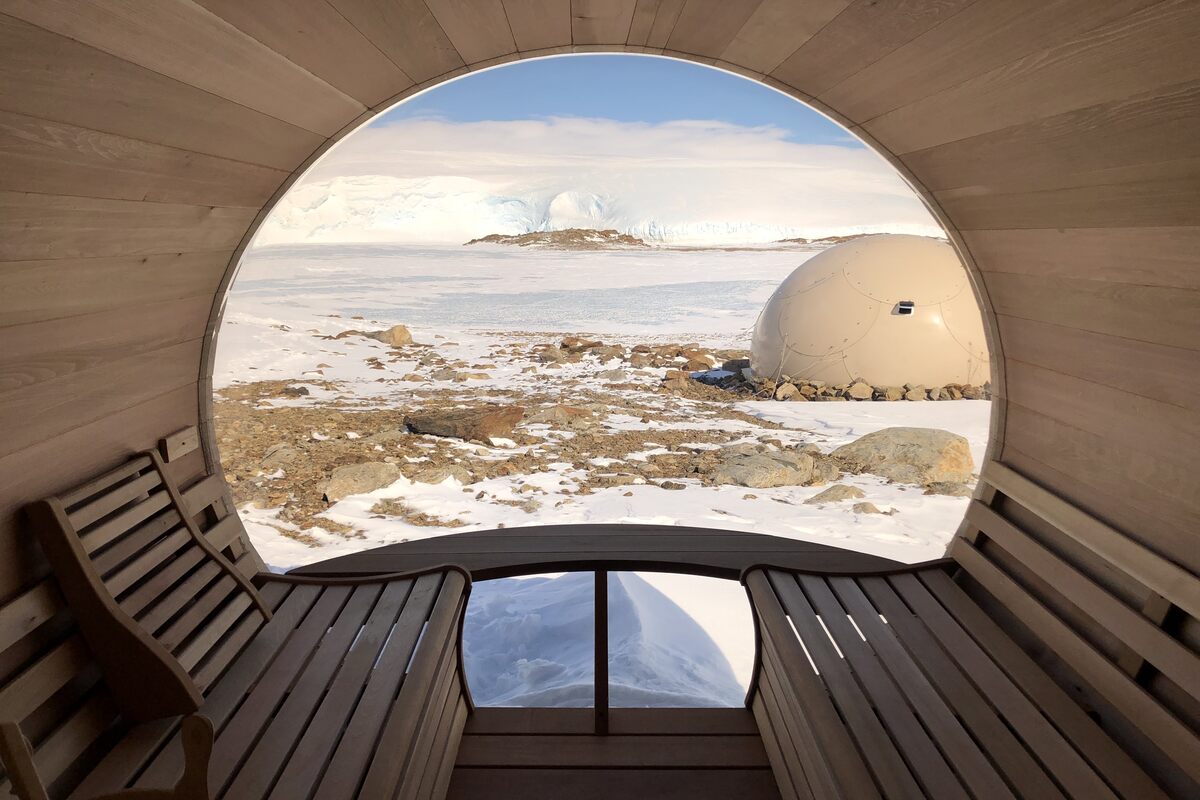
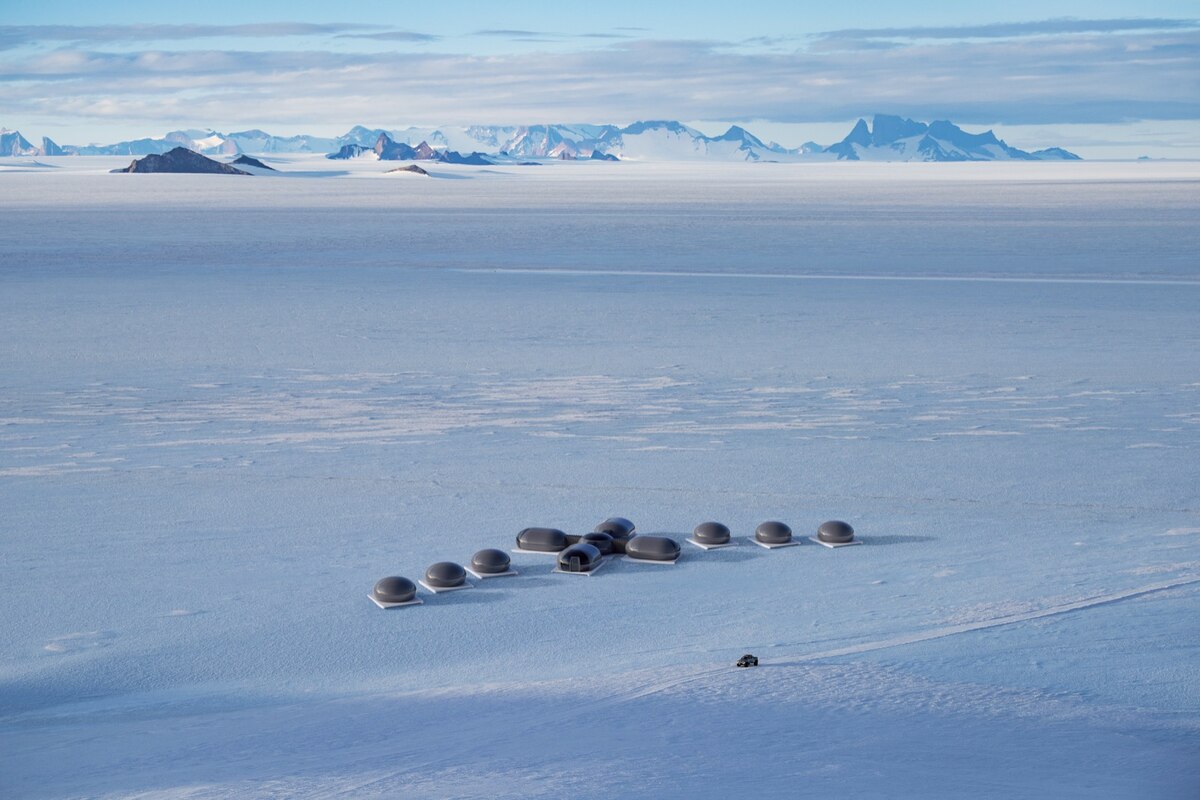
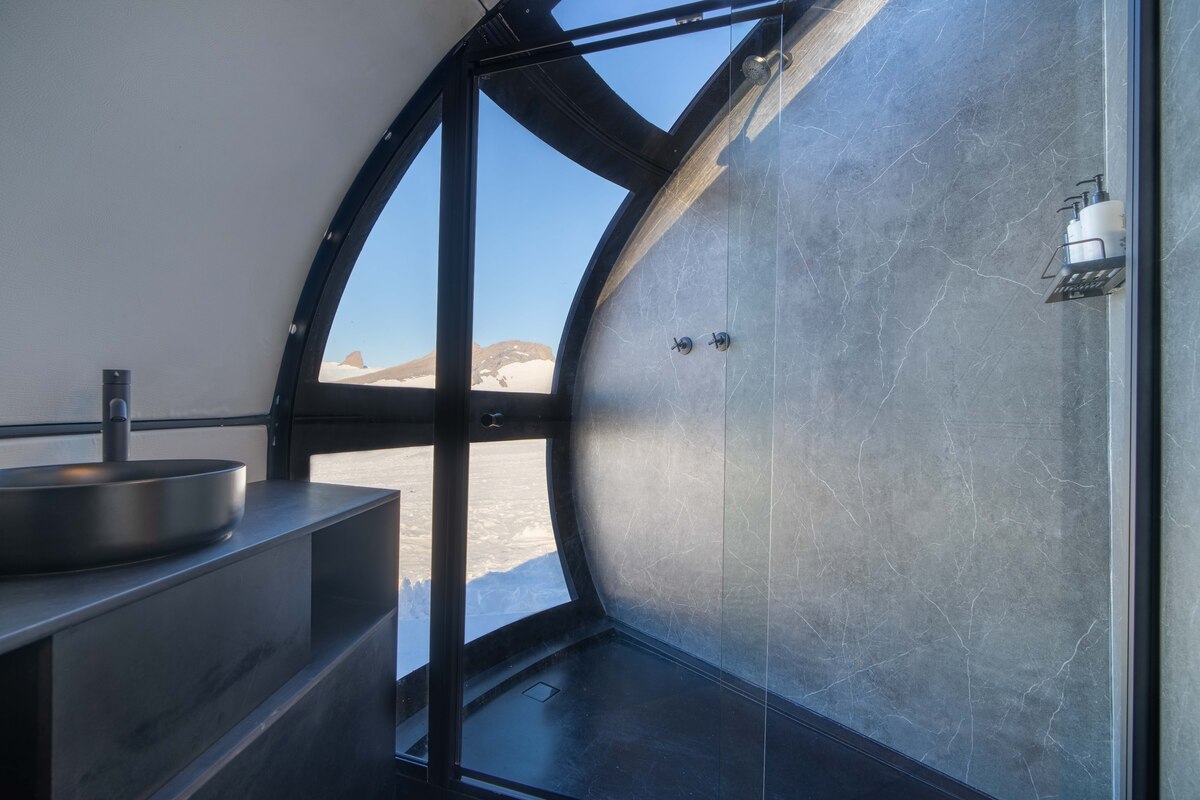
Unless, perhaps, you have a penchant for the unknown and a desire to delve deeper into the interior. In days gone by, access to this was generally limited to those with a record to break or fieldwork to carry out, such are the logistics of survival and the relative inaccessibility of the landmass. Any buildings with foundations in the ice inevitably become deformed as the ice sheet flows unevenly towards the sea. After losing five research stations, the British ended up erecting the modular Halley VI facility on ski-fitted hydraulic legs, thus making it relocatable – a world first.
Polar explorer Patrick Woodhead echoes such innovative thinking in the luxury camp he set up in Queen Maud Land, along with a truly impressive logistical operation that underpins a stay like no other at White Desert. Having spent months in the polar wilderness, first to reach the South Pole and then to cross east to west over 75 days, his dream was to enable travelers to immerse themselves in the sense of remoteness and isolation without the unremitting hardship. He embodies a sense of harmony with the environment, as well as respect. “This place is transformational, even if that is an awfully overused word nowadays,” he explains, “but it also elicits a responsibility for symbiotic existence.”
The concept, which began with a few canvas tents in 2005, has grown organically over the years into the ultimate luxury pop-up, hosting just 280 guests from November to January. Nowadays, contemporary hard-shell pods are your home for the week: enigmatic dome-like structures befitting of the environs, seamlessly blending comfort, style, and practicality.
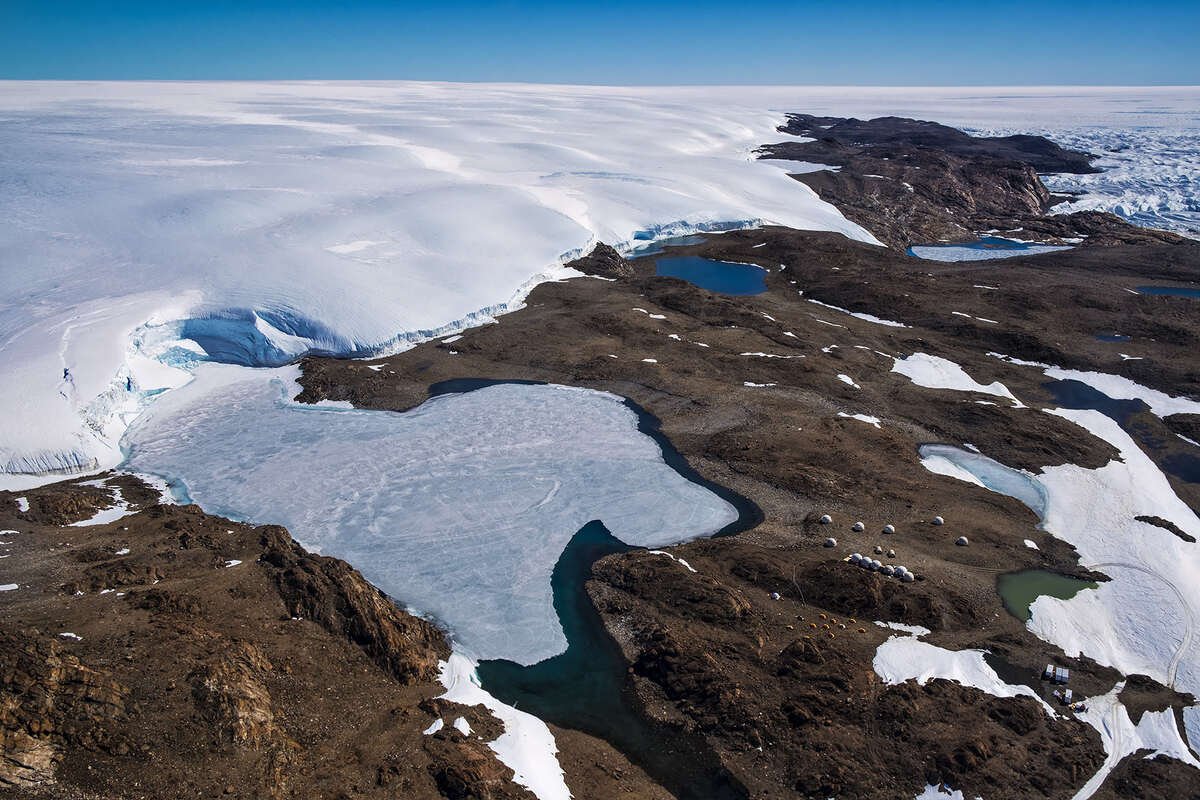
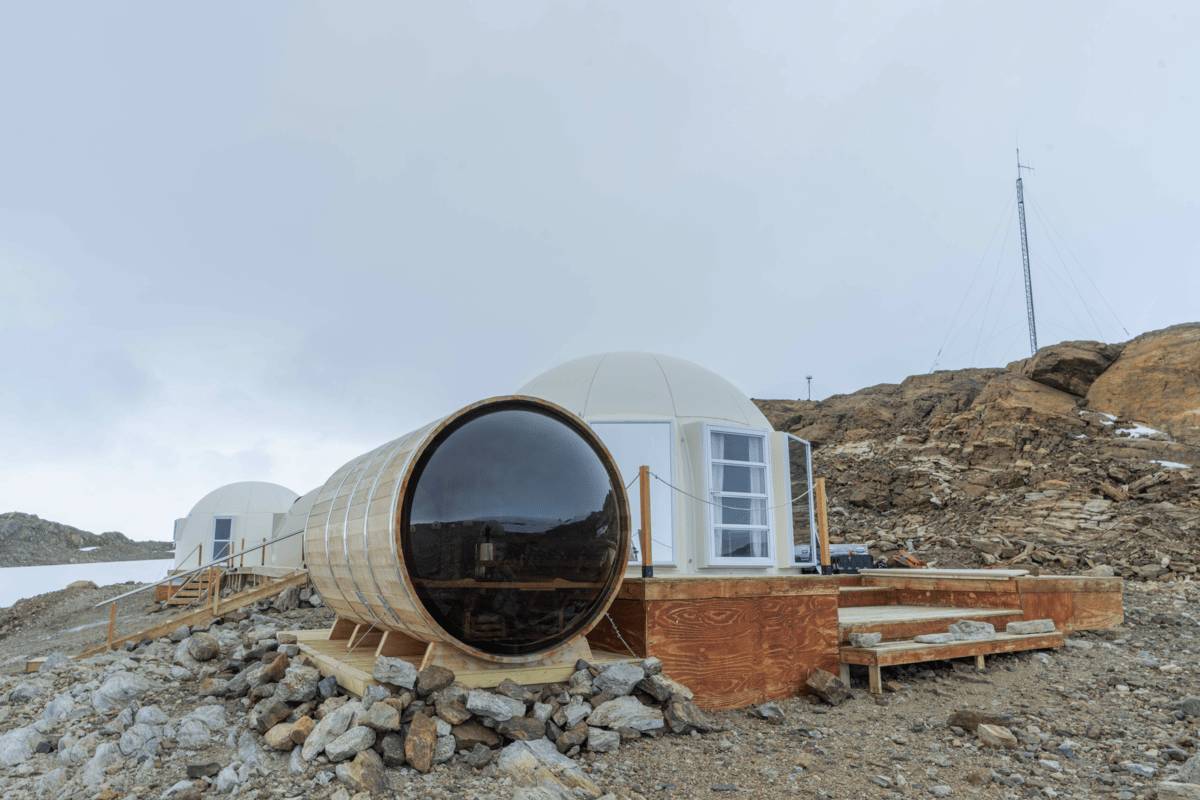
The original camp, Whichaway, rests on the lunar landscape of the Schirmacher Oasis – an ice-free plateau with crystal-clear freshwater lakes. Inside the cozy living spaces, you’re surrounded by tokens of exploration – photos of the greats, a library full of derring-do, cartography of the local area – such that you can’t help but feel a part of the great adventure. A barrel sauna overlooking the lake and glacier in the distance is something else, not to mention taking short but mindfully sweet hot showers and snuggling up under a fluffy duvet on real beds for sleep deeper than you’ve ever known.
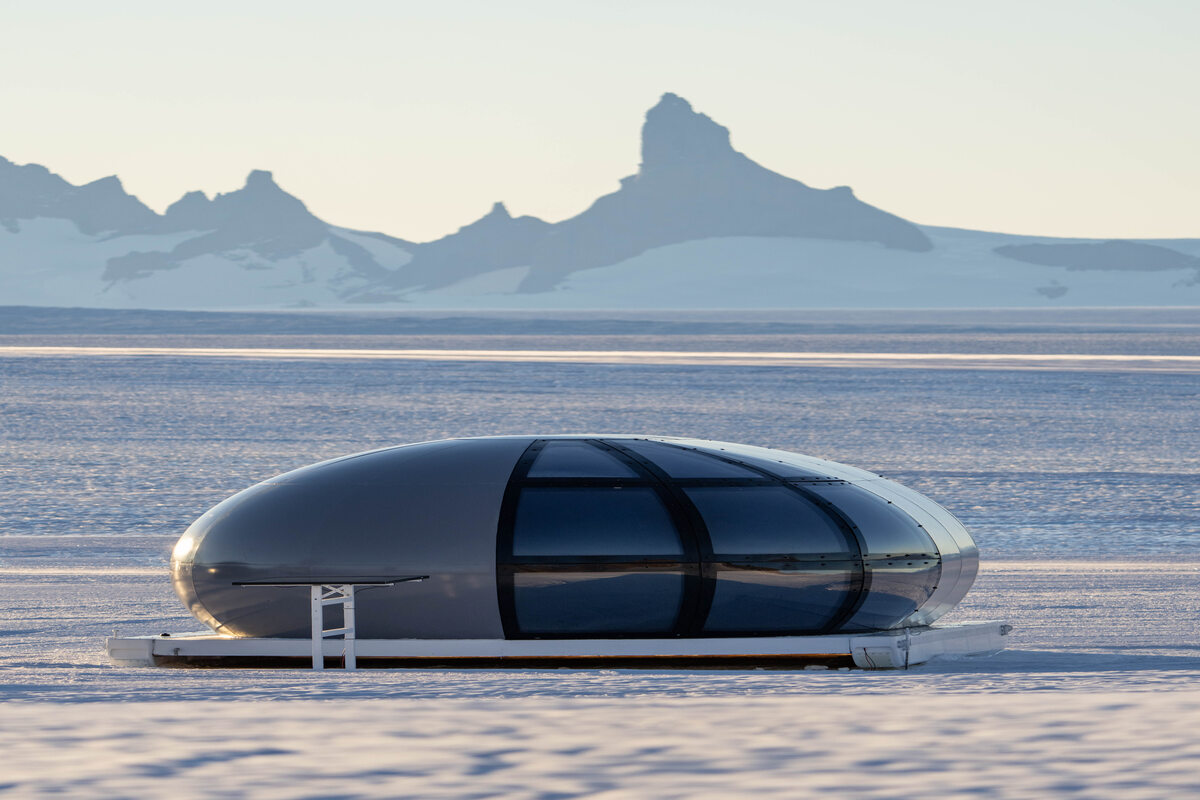
Going with a totally different vibe, the new Sky Pods at the Echo camp are inspired by voyages in space, with floor-to-ceiling glass panels overlooking the eponymous white desert and dramatic mountain tops in the distance, which pierce majestically through the ice to touch the heavens. Wolf’s Fang, or Ulvetanna, dominates the skyline – achingly close yet perhaps 30km away in reality. If that wasn’t mesmerizing enough, you can lose yourself in the lounge’s bespoke “Tesseract” sculpture by Anthony James, gazing into the depths of the glass, steel and LED reflections while savoring a whisky on the rocks with 10,000-year-old glacier ice.
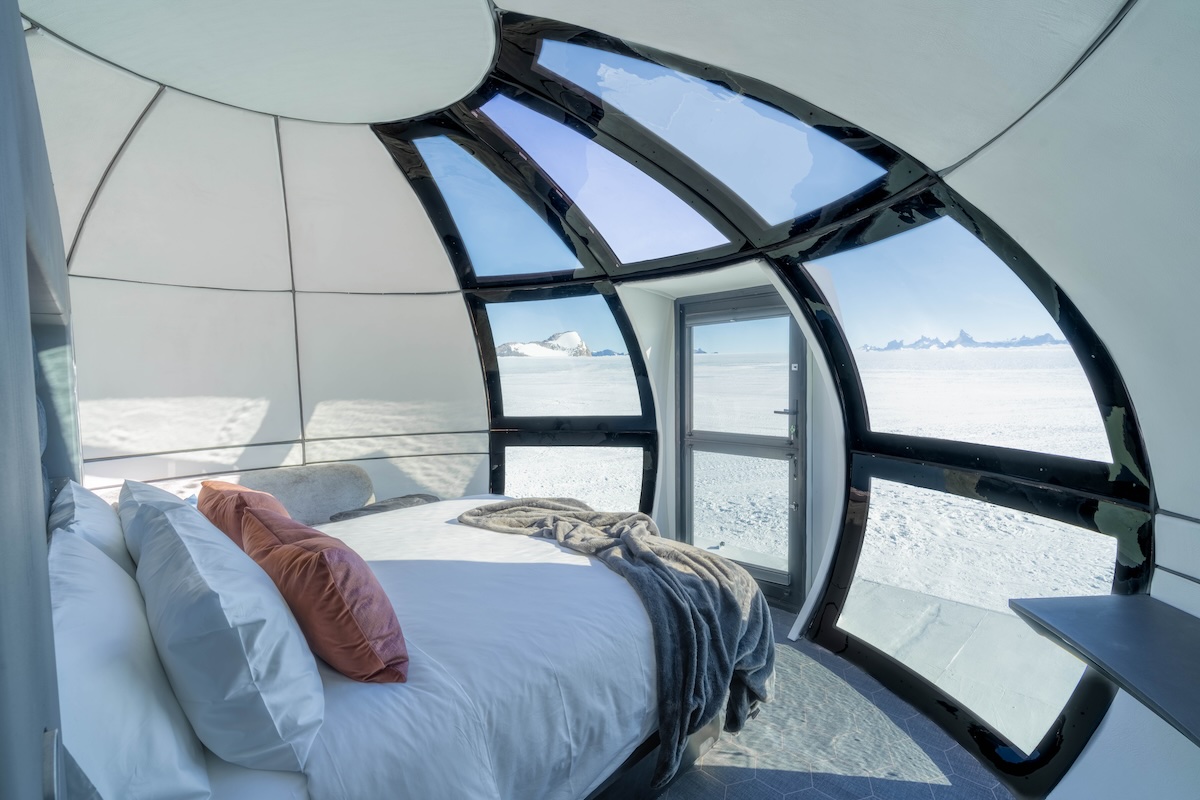
The hospitality is so warm and the setup so beautifully orchestrated that one might be forgiven for overlooking the enormity of the task to make this all happen. White Desert is miles from anywhere. Cape Town is five hours’ flight away, the South Pole another seven hours below. The whole operation hinges on their private blue ice runway, which was discovered back in the 1990s, as well as their supply ship, whose crane loads containers up onto the ice shelf to then be transported inland by vehicles equipped with ground penetrating radar to spot crevasses.
The entire White Desert ethos is to leave no trace. Whilst the pods have no foundations, they alone are left overwinter along with a few vehicles. All the waste is shipped back to civilization, soaps are biodegradable and heating is from solar panels. The outstanding food is semi-prepared in Cape Town, with fresh supplies arriving with each cohort of guests. They were the first to use sustainable aviation fuel on the continent, with a current blend of 50% and ambitions to reach 100% soon.
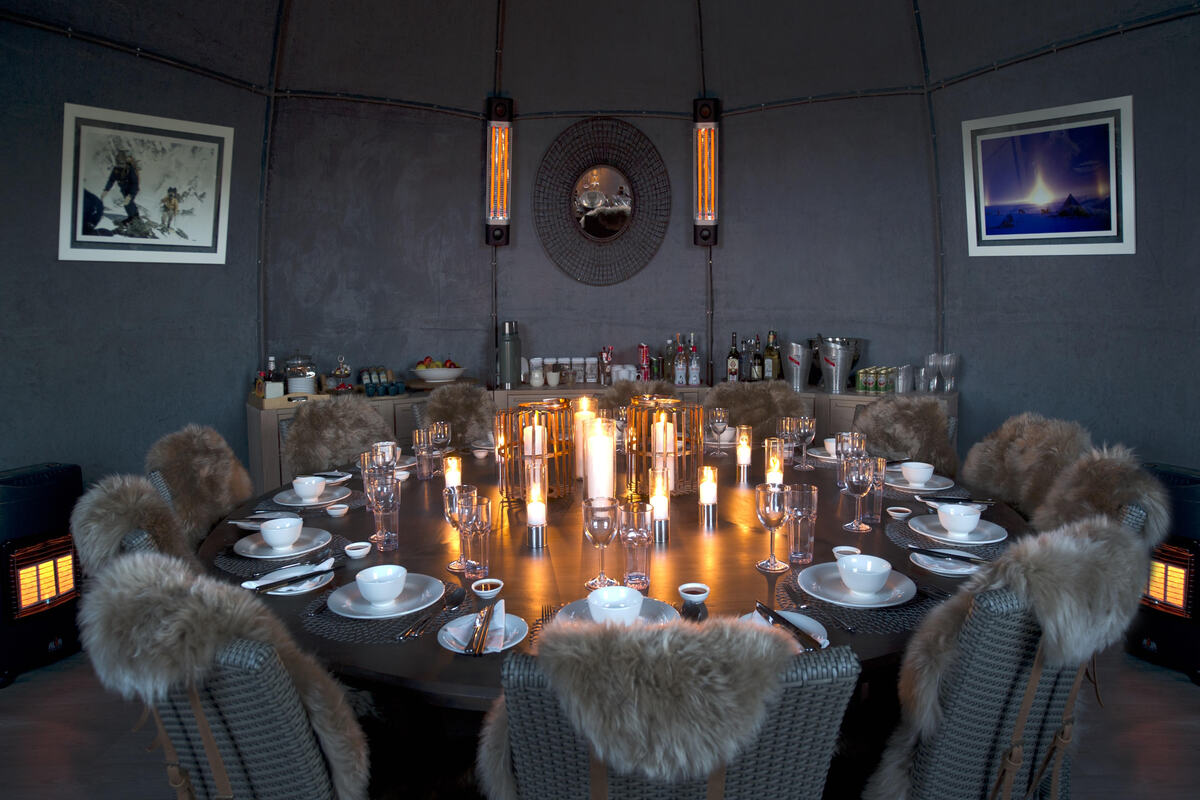

With magical flights over to the emperor penguin colony at Atka Bay and down to the South Pole, the lower soot content of SAF for their Basler BT-67 and twin otter helps reduce the potential albino effect on the ice. Patrick is excited by the thought of developing more solar arrays and making green hydrogen on site, seeing White Desert as the vanguard of innovation on the continent and hopeful for a ripple effect. They already maintain good links with the scientific community, transporting 250 scientists over from Cape Town and out to their respective bases each year, notably at the beginning and end of the summer season when they are shuttling cargo back and forth.
With operations running incredibly smoothly in the background and the feel-good factor knowing your hosts live and breathe responsible tourism, your time in Antarctica expands into a spiritual journey, a digital detox and once-in-a-lifetime adventure. World-class mountain guides take you out each day to experience unique terrains, ranging from hiking up nunataks (an Inuit word meaning isolated peak) to via ferrata traverses of beautifully striped rock faces, abseiling and ice climbing.
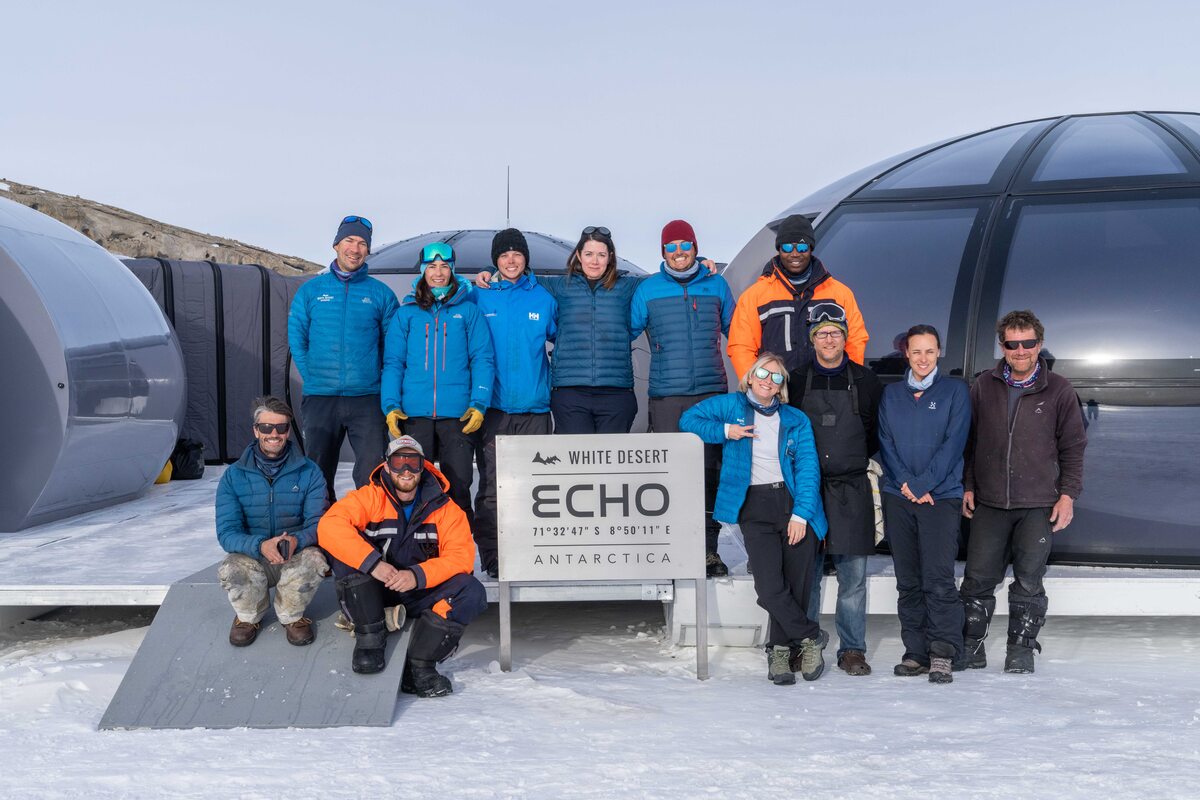
At Whichaway, the cherry on the cake is undoubtedly strapping on crampons and exploring the ice waves, where the sea ice abuts the rocky shoreline and crumples up into giant folds, with turquoise rivers meandering along the troughs. With your lungs full of the purest air and your spirit full of awe, the silence is only broken when the windblown ice pings as it cracks underfoot. On the hike back to base, perhaps you’ll come across an adelie penguin. The curious and uninhibited creatures will happily come right up to you, their silky chest feathers glowing in the sunlight. Obviously no-one told them about the proximity rules for wildlife, so simply step back and soak it all in.

